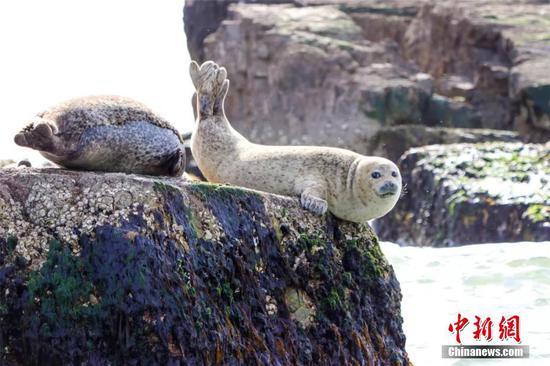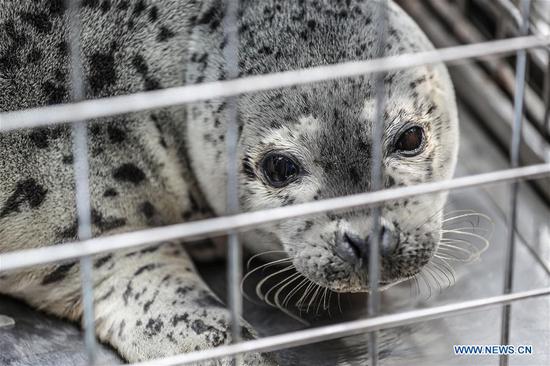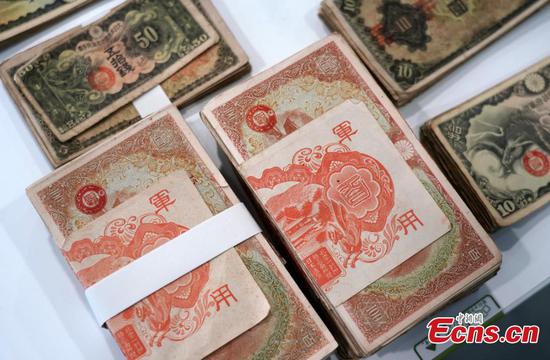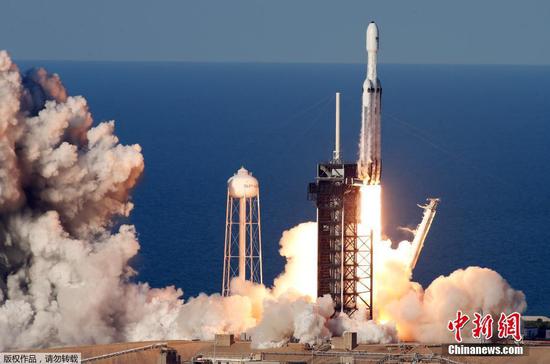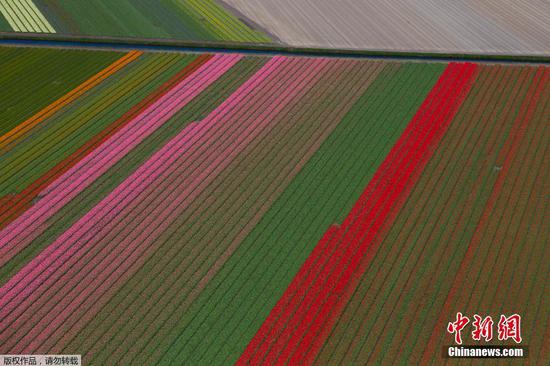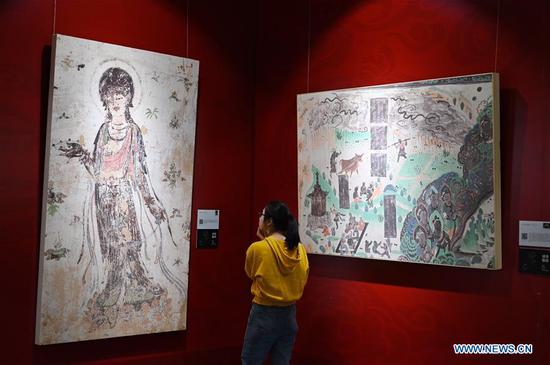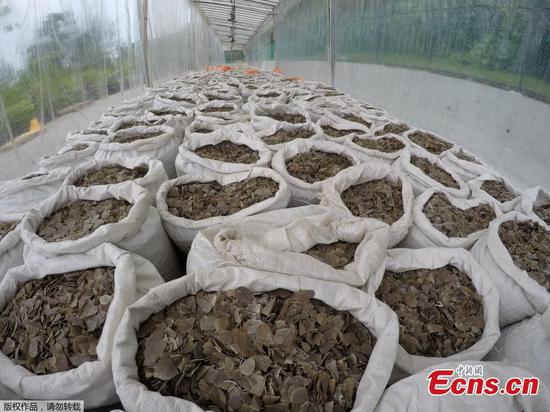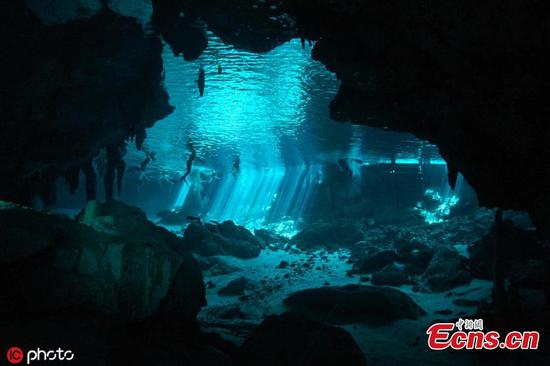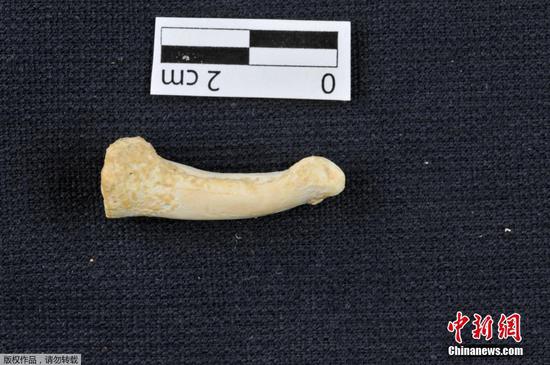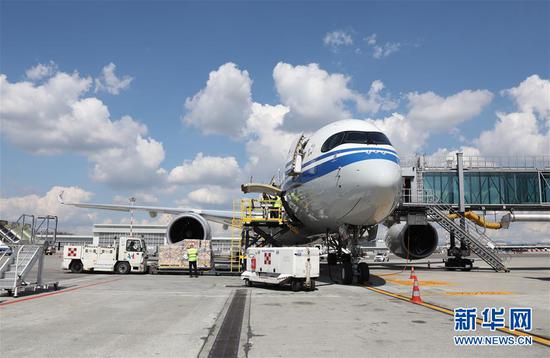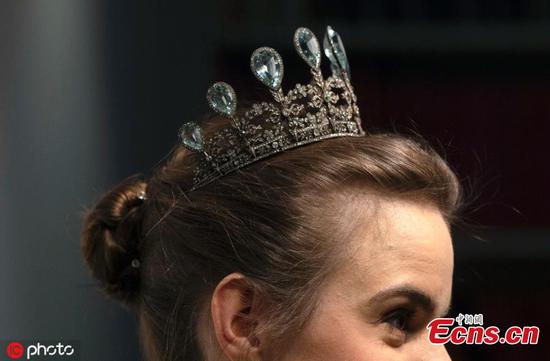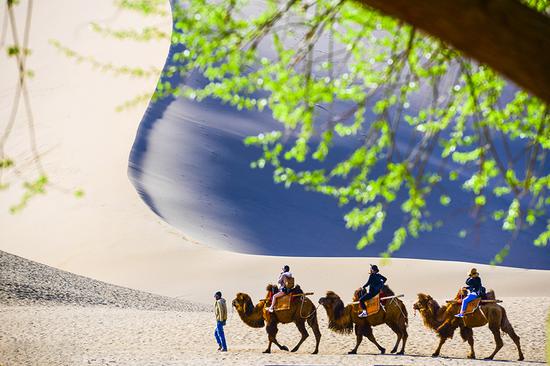NASA's Curiosity rover has for the first time drilled a rock in the long-awaited "clay-bearing unit" on Mars, according to a NASA release on Thursday.
Curiosity drilled the piece of bedrock nicknamed "Aberlady" on April 6, and delivered the sample to its internal mineralogy lab on Wednesday.
The rover's drill chewed easily through the rock, unlike some tougher targets it faced nearby on Mars' Vera Rubin Ridge. This was the mission's first sample obtained using only rotation of the drill bit, according to NASA.
"Curiosity has been on the road for nearly seven years," said Curiosity Project Manager Jim Erickson of NASA's Jet Propulsion Laboratory (JPL) in Pasadena, California. "Finally drilling at the clay-bearing unit is a major milestone in our journey up Mount Sharp."
Scientists are eager to analyze the sample for traces of clay minerals as they usually form in water, said NASA.
NASA's Mars Reconnaissance Orbiter spied a strong clay "signal" here long before Curiosity landed in 2012. Pinpointing the source of that signal could help the science team understand if a wetter Martian era shaped this layer of Mount Sharp, the 5-km-tall mountain Curiosity has been climbing.
Curiosity has discovered clay minerals in mudstones all along its journey. These mudstones formed as river sediment settled within ancient lakes nearly 3.5 billion years ago, according to NASA.
"Each layer of this mountain is a puzzle piece," said Curiosity Project Scientist Ashwin Vasavada of JPL. "They each hold clues to a different era in Martian history. We're excited to see what this first sample tells us about the ancient environment, especially about water."










